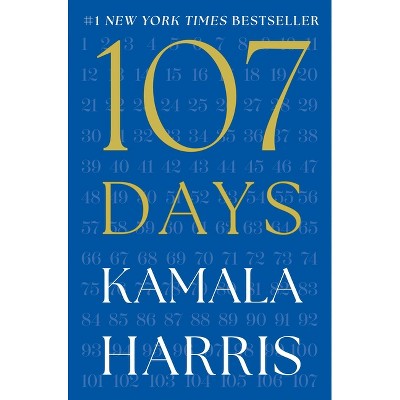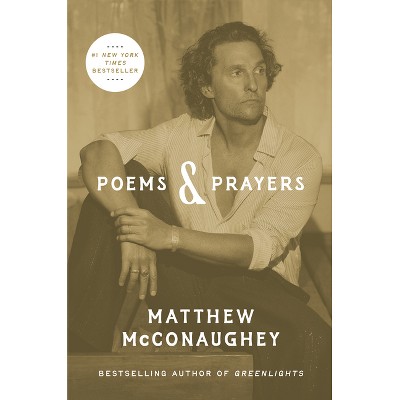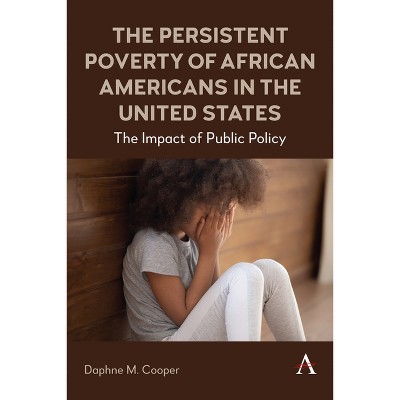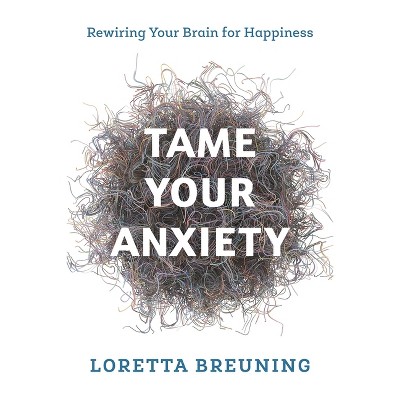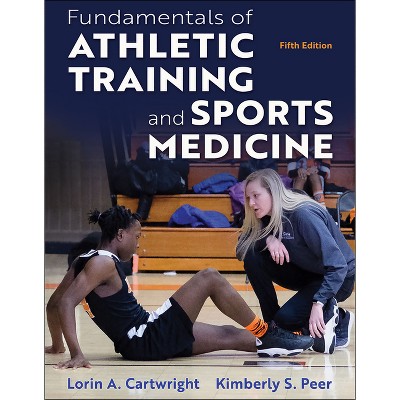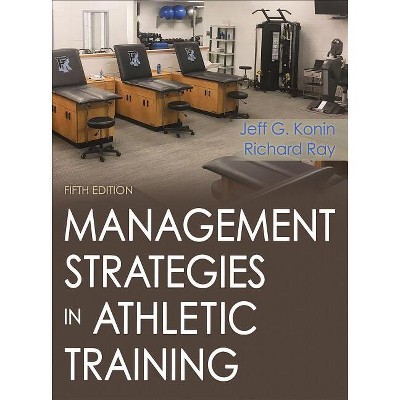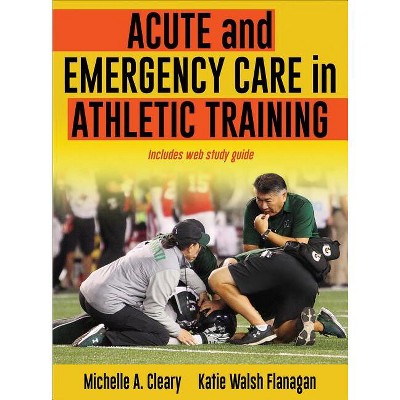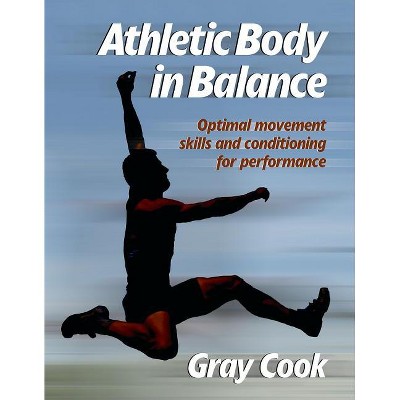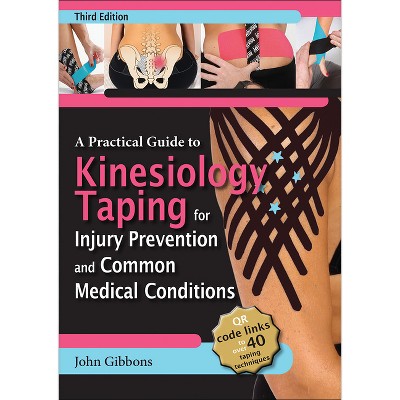Sponsored

Evidence-Based Practice in Athletic Training - 2nd Edition by Scot Raab & Naoko Giblin (Paperback)
Pre-order
Sponsored
About this item
Highlights
- The key resource for students studying to become athletic trainers.Evidence-based practice (EBP) means that all clinical decisions are based on available research studies, and these studies are selected and assessed according to specific criteria that yield evidence of benefit.
- About the Author: Scot Raab, PhD, is a professor in the department of physical therapy and athletic training at Northern Arizona University in Flagstaff, Arizona, and is the associate dean of academic affairs for their College of the Environment, Forestry, and Natural Sciences.
- 232 Pages
- Medical, Sports Medicine
Description
About the Book
Evidence-Based Practice in Athletic Training, Second Edition, empowers students to make data-supported decisions about patients. The text provides future clinicians with the tools to challenge current practices ethically using data and methodology free of bias.
Book Synopsis
The key resource for students studying to become athletic trainers.
Evidence-based practice (EBP) means that all clinical decisions are based on available research studies, and these studies are selected and assessed according to specific criteria that yield evidence of benefit. Evidence-Based Practice in Athletic Training, Second Edition With HKPropel Access, introduces students and practitioners to the basics of EBP and the research design methods that are vital to its implementation.
A resource for students studying athletic training and practitioners, the text is split into three basic parts:
- Part I provides the background information necessary to implement EBP in daily athletic training practice.
- Part II describes different types of research articles, how and where to locate them, and how to critically evaluate them.
- Part III delves into research methods and ethical research practices.
The updated second edition has an expanded depth of content appropriate for master's level education and includes a new chapter discussing types of artificial intelligence and its use in the field of athletic training. Also included are new case examples that lead readers step by step through the research process, offering the chance for further comprehension and practice. Related online content includes additional case studies and links to research resources.
The most beneficial resource of its kind, this text encourages students and current certified athletic trainers to ask meaningful questions, gain the knowledge they need for excelling in future practice, and rise to the top of their profession.
Evidence-Based Practice in Athletic Training will help current and future athletic trainers provide the most appropriate and effective care for their athletes and clients.
Note: A code for accessing HKPropel is included with all print books.
About the Author
Scot Raab, PhD, is a professor in the department of physical therapy and athletic training at Northern Arizona University in Flagstaff, Arizona, and is the associate dean of academic affairs for their College of the Environment, Forestry, and Natural Sciences. Raab earned his PhD in teaching and administration and has more than 30 years of experience in clinical practice, higher education instruction, and methodological review to contribute to EBP education. He teaches several research courses and mentors undergraduate and graduate students in research projects.
Naoko Giblin, PhD, LAT, ATC, is an associate professor in the athletic training and exercise science programs at the University of Wisconsin-La Crosse and is chair of the exercise and sport science department's athletic training program. Giblin earned her PhD in exercise science with an emphasis on applied biomechanics and has been a licensed athletic trainer since 2003. She has experience in providing clinical care in a variety of settings, including NCAA Division I athletics, community colleges, and high schools. Her primary research interest is biomechanical analysis of people with patellofemoral pain syndrome and other running-related injuries.
Shipping details
Return details
Frequently bought together
Trending Non-Fiction

